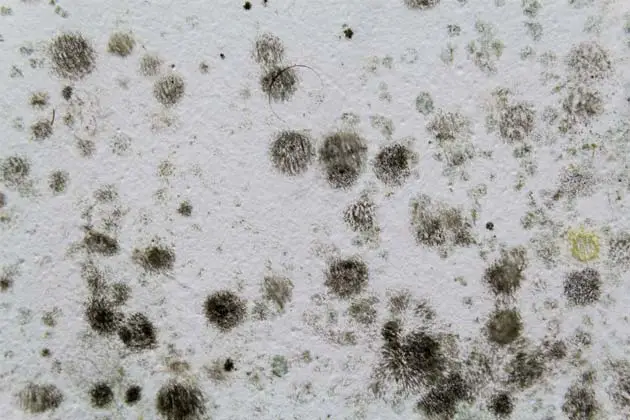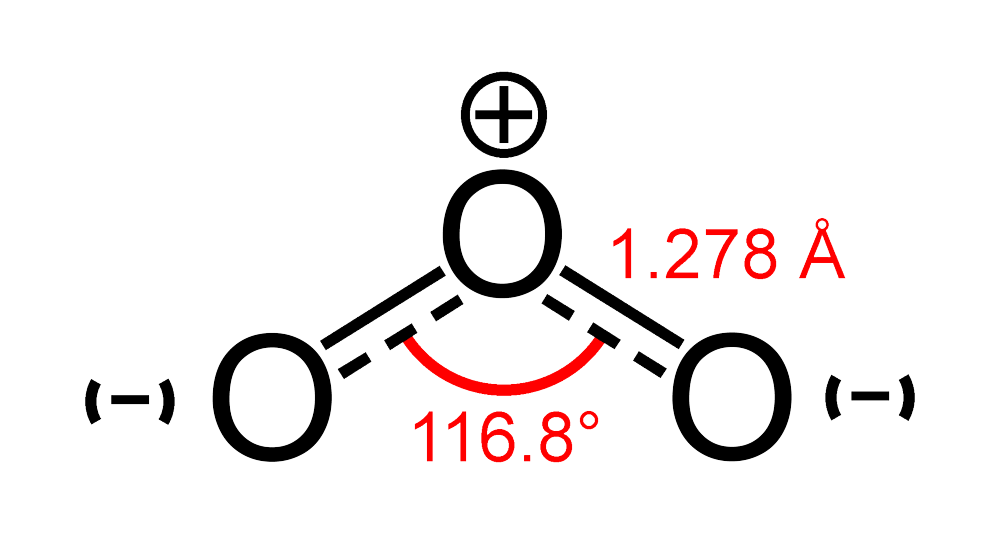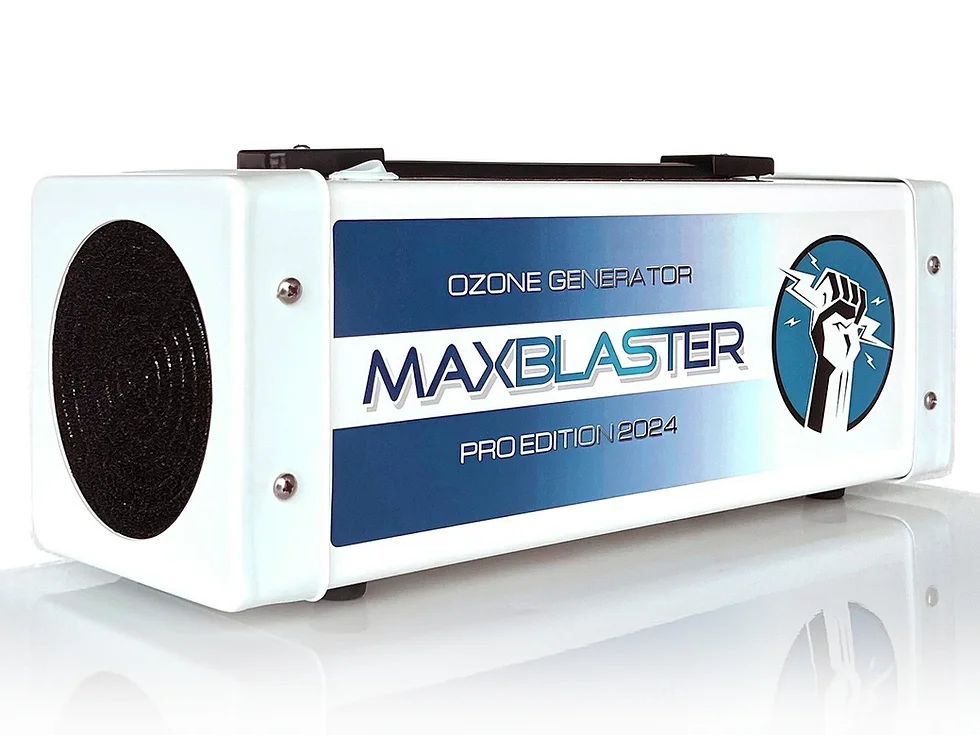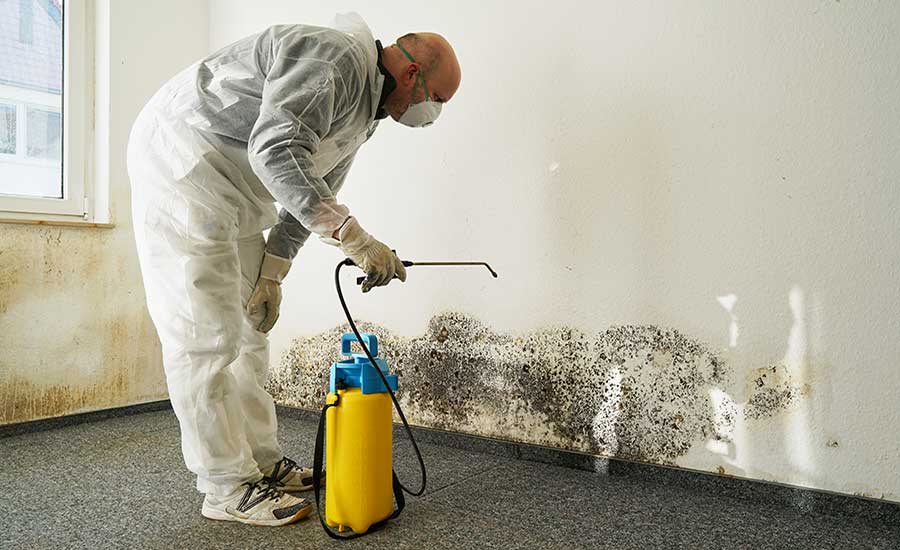Does Ozone Kill Mold?
Wondering if ozone can eliminate mold in your home? Ozone has been promoted as a solution for killing mold, but how effective is it? In this comprehensive guide, we’ll explore whether ozone is a viable option for mold remediation and what alternatives might offer better results.

What is Ozone?
Ozone (O3) is a molecule made up of three oxygen atoms. It occurs naturally in the Earth’s atmosphere and is commonly used in air purification systems due to its ability to neutralize odors, bacteria, and other airborne contaminants. Ozone generators create high concentrations of ozone gas, which is then released into indoor environments.

How Ozone Affects Mold
Ozone can disrupt the cell structure of mold, killing mold spores in the air and on surfaces. However, while ozone can kill some mold spores, it has limitations. Here’s why:
- Limited Effectiveness on Porous Materials: Ozone may kill mold on hard surfaces but is less effective on porous materials like drywall, carpeting, or wood. Mold colonies often thrive deep within these materials, where ozone can’t reach.
- Potential Health Hazards: Ozone is a toxic gas, and exposure to high levels of ozone can cause respiratory issues, irritation, and worsen conditions like asthma. For this reason, using ozone to kill mold is often risky in occupied homes or spaces.
- Surface vs. Source: While ozone may kill some surface mold, it doesn’t address the root cause—moisture. Mold thrives in damp conditions, and until you remove the moisture source, mold will likely return, even after ozone treatment.
Is Ozone Safe to Use for Mold Removal?
The EPA advises against using ozone for mold remediation due to the potential health risks associated with ozone exposure. According to the EPA, “Ozone is not effective at addressing mold contamination in indoor environments and can be dangerous to health when used at high levels.”
While some professionals use ozone generators as part of a broader mold remediation strategy, it’s crucial to ensure no one is in the building during ozone treatment. Even then, ozone should be used cautiously and not as a stand-alone solution.

Steps to Remove Mold Safely
If you have a mold issue, using a more reliable, proven method is the best way to protect your health and your home. Here are safe, effective steps to get rid of mold:
1. Identify and Fix the Source of Moisture
Mold needs moisture to grow. Whether it’s a leaky pipe, a damp basement, or poor ventilation, addressing the moisture problem is critical for stopping mold in its tracks. Fix leaks, improve ventilation, and reduce humidity levels in your home to prevent mold from returning.
2. Use a Mold-Specific Cleaner
Bleach, hydrogen peroxide, and vinegar are commonly used to clean mold off hard surfaces. These solutions kill mold and prevent regrowth when used correctly. Always wear protective gear, such as gloves and a mask, when cleaning mold to avoid inhaling mold spores.
3. Dispose of Mold-Infested Materials
Porous materials like carpets, drywall, or ceiling tiles that have been heavily affected by mold should be removed and replaced. Mold can penetrate these materials, making it difficult to fully eliminate without removing the material itself.
4. Call a Professional Mold Remediation Service
For extensive mold problems or mold that is embedded in hard-to-reach areas, it’s best to call a professional mold remediation service. Experts have the equipment and training to fully eliminate mold and ensure it doesn’t return.
For expert mold removal services, contact us today.

FAQ
Does ozone kill mold in the air?
Ozone can kill airborne mold spores, but it’s less effective on surface or embedded mold colonies. It also does not address the root cause of mold, which is moisture.
Is ozone safe to use for mold removal?
No, ozone is not considered safe for mold removal in occupied spaces. It can cause respiratory issues and should only be used in unoccupied areas under controlled conditions.
What is the best way to get rid of mold?
The most effective way to remove mold is to fix moisture problems, clean affected surfaces with mold-specific cleaners, and, if necessary, replace mold-infested materials. For large infestations, calling a professional mold remediation service is recommended.
Can ozone remove mold odors?
Ozone can help neutralize musty mold odors in the air, but it does not eliminate the mold itself. Removing the mold is necessary to get rid of the source of the odor permanently.
What are the risks of using ozone?
Ozone is a toxic gas that can cause health problems such as coughing, throat irritation, and worsening of asthma. It should not be used in homes without proper precautions.
For more safe and effective mold removal methods, schedule a consultation with our experts today.

